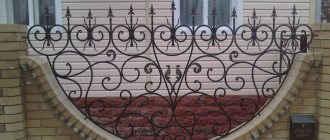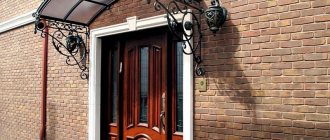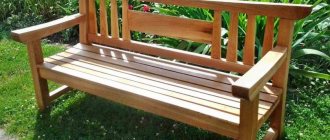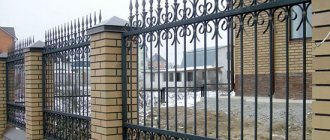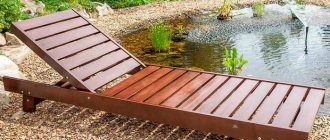What you need to know about forging?
Forging is a process of processing a special workpiece. Its purpose is to give the metal the required dimensions and shape. There is a distinction between hot forging and cold forging.
The master needs to get acquainted with both varieties in order to know the advantages and disadvantages of each.
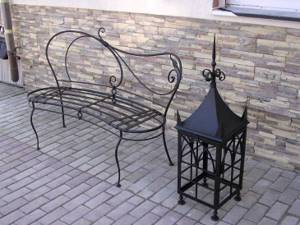
What is forging?
This process is a complex processing of a metal base, giving it an unusual shape and the required size. There are two types of forging:
- Cold;
- Hot.
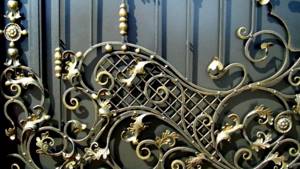
Before you start making metal decor, you need to have a clear understanding of each processing method. As a rule, they have advantages and disadvantages.
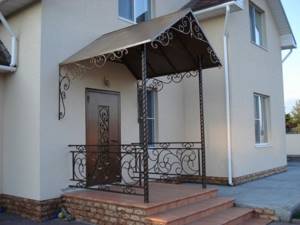
Hot forging is the use of heating elements, as a result of which the metal gradually loses its properties. It will become more flexible. As a result, it can be given a certain shape and the required size.
«>
Metal processing using high temperatures allows you to create exclusive and complex types of metal decor. These products are distinguished by their strength and endurance during operation.
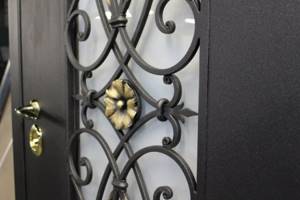
Improper heating of the metal leads to the appearance of cracks in their brittleness. The only drawback of this method is the large financial investment.

To do this, you need to purchase special equipment and expensive fuel that provides the required temperature conditions.
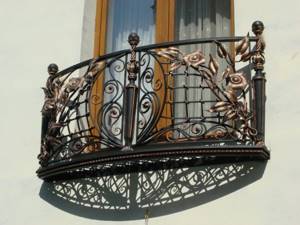
When working with hot metal, special care and safety precautions must be observed.
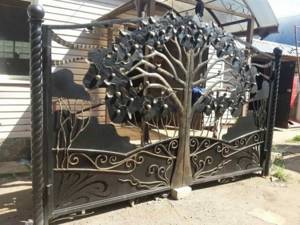
Hot forging method
In the hot method, the metal workpiece is heated strongly. As a result, the metal becomes ductile. Hot forging gives the workpiece the required dimensions and desired shape. The master has a variety of work options available to him.
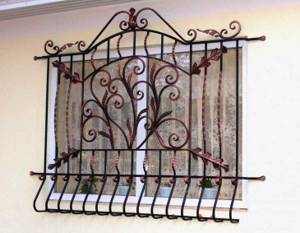
Heating a metal workpiece also has its disadvantages. First of all, it is necessary to arrange a special room. You will need to buy a forge, for which you will have to buy fuel.

Having an idea of the temperature conditions used in the forging process, you can easily select the desired type of forging.

Cold forging method
Cold forging is a labor-intensive process. To achieve the desired shape from a metal workpiece, it is bent, pressed and welded. The technique is a little simpler compared to the hot method.
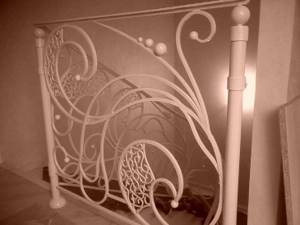
The workshop does not require a lot of space, and to set it up you do not need to purchase a special forge; it is enough to buy a forging machine.
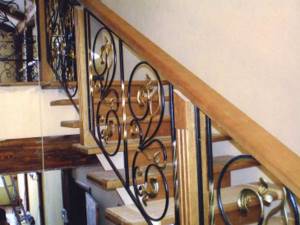
The manufacturing process of a product involves working with semi-finished products. If a mistake has been made, it is impossible to correct it.
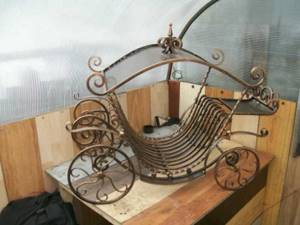
Technological features of artistic forging
The process of manual artistic forging of metal is divided into several separate operations. It begins with heating the blank in a forge or other type of heater. Depending on the quality of the coal, the air supply to the forge and the mass of the billet, heating can take from several minutes to several hours. When making products with a complex shape, a large number of parts or holes, the product may cool down. Then it is returned to the forge and heating is repeated.
The actual forging operations are as follows:
- Draft. Hammer blows are applied from top to bottom, the original height decreases and the width increases. This is preparing the workpiece for drawing.
- Hood. Impacts on the workpiece are applied along the longitudinal axis, and the workpiece is flattened in the direction of the blows, and its length thus increases.
- Dispensing is a subtype of hood, used to increase the diameter of hollow workpieces.
- Firmware - making holes, recesses or grooves.
- Twisting is the repeated rotation of one part of the workpiece relative to another. In this case, a vice, pliers are used, and if the workpiece has a significant cross-section, special gates are used.
- Chopping is the process of cutting a product into two or more parts. It is also used to correct the shape and size of the product. Sometimes a finished product is cut out of a blank using curly stamps.
- Bending – is carried out to change the shape of a product in the manufacture of ring-shaped or bent-shaped parts.
- Welding is the joining of two or more parts into a single piece.
When forging metal with your own hands, you should follow the general sequence of operations, while in the manufacture of each specific product, some of them may not be necessary.
Upon completion of forging, the product is dipped into a container with liquid for cooling and hardening. Traditionally, water is used, but when forging special types of steel, such as damask steel, various acids and oils are used. Legend has it that after forging a sword, some craftsmen cooled it by sticking it into the body of a slave.
Choosing metal
Metals with certain properties are suitable for hand forging. The more ductile the metal, the easier it is to change its shape. However, ductility is inextricably linked with strength.

An increase in one characteristic inevitably entails a decrease in another. When buying a workpiece, the master must know exactly what its composition is.
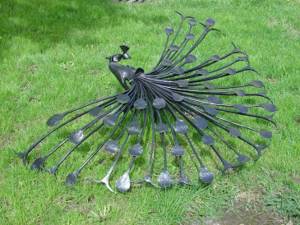
Craftsmen make decorative forging elements from copper, steel, duralumin or brass. In addition, alloys can also be used. Information about metals that can be easily forged can be found in the Steel and Alloys Guide.
What tools are needed for forging?
Inventory varies depending on the forging method. A forge with an anvil and hammers with tongs will be needed for hot forging.

For the cold method, you need a “Gnutik” tool, which allows you to bend the workpiece at an angle, and a “Snail” machine for forging, which you can make yourself. The latest machine allows you to create decorative elements with a spiral shape.
Note!

Lamp for disinfection of coronavirus (COVID-19) - an overview of the best options, as well as instructions for use
How to make a medical mask: instructions for making simple and complex masks to protect against coronavirus (COVID-19)
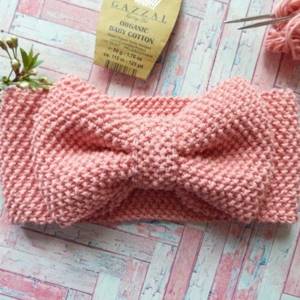
How to learn to knit and crochet: detailed instructions for beginners
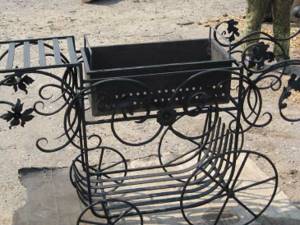
In addition to the basic tools for the cold method, “Flashlight”, “Wave”, “Twister”, a ring machine and others can be additionally used.
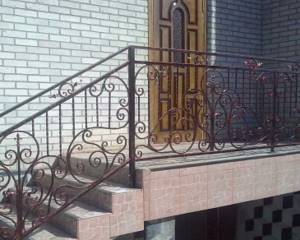
The modern market offers industrial machines designed to perform technological operations. In the photo of forging you can see a product made on the “Master 2” machine from the MAH company.

Types of modern forging equipment
Modern blacksmith equipment for artistic forging is practically no different in form and purpose from ancient or medieval ones. The materials have changed - hammers and anvils, hammers and punches, vices and clamps are made from modern high-strength alloys, which significantly increases their durability and efficiency.
Another important change is the heating method. The traditional forge with hand or foot bellows is giving way to muffle furnaces for small workpieces and induction heating systems. This significantly reduces labor intensity, harmfulness and danger to health and property.
Forging machines
Forging machines are used for cold forging - changing the shape of a bar or profile workpiece under mechanical influence. These include:
Snail with a collar and a rotating blade Twister for cold forging Gnut for cold forging Waves for performing wave-like bending of the workpiece
- Bends are the general name for machines for bending a workpiece in one or several directions along a given radius.
- Waves for performing wavy bending of the workpiece, with a given pitch and wave radius
- Twisters, or torsion bars - for twisting a workpiece (or group of workpieces) along the longitudinal axis
- Snails - for forming spiral curls at the end of the rod.
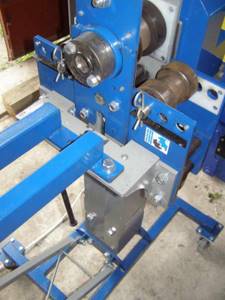
Cold Forging Machine
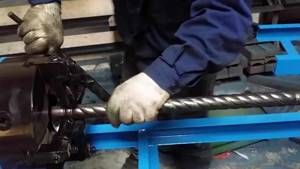
Twisted Pipe Making Machine
Cold forging is perfect for making elements of fences and trellises, balusters, scrollwork, interior decor items and landscape design. A machine for cold artistic forging is easy to make with your own hands if the master has the skills of metalworking and welding.
Induction heaters
The induction heater is designed to heat the blank to the plasticity temperature. Heating occurs due to the fact that eddy currents, or Foucault currents, are induced in the surface layer of a metal placed in a strong alternating magnetic field. With their help, you can heat the blank much more evenly, faster and safer than using a traditional forge.
An industrial induction heater, even of low power, costs tens or even hundreds of thousands of rubles. Therefore, many diagrams like “How to make an induction heater with your own hands” are published on the Internet. It is important to understand that the design of the device uses high voltage and high power. For self-production, you will need engineering knowledge in the field of high-frequency currents and the skills of an electrician.
DIY forging photo
Note!
- Washing secrets: how to preserve clothes
- What is the difference between a steam generator and a steamer?

18 Coffee Brewing Methods: All About Coffee Brewing Methods
